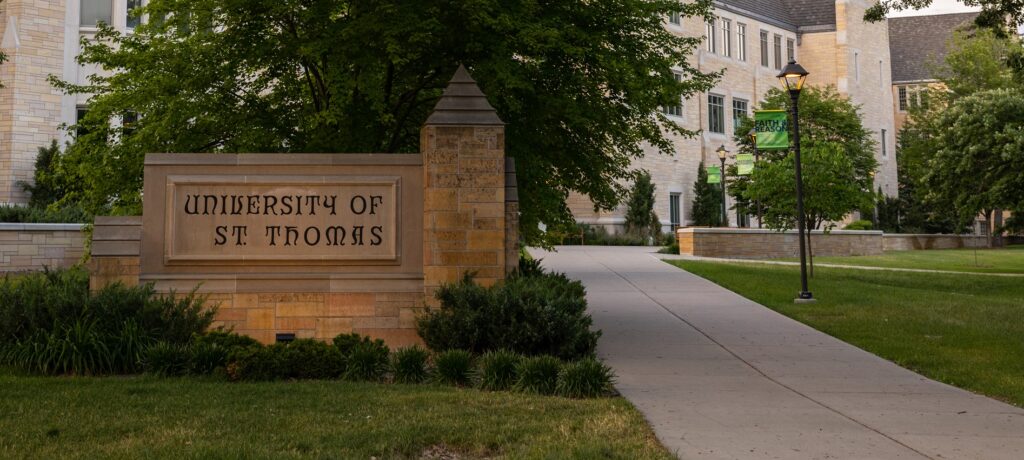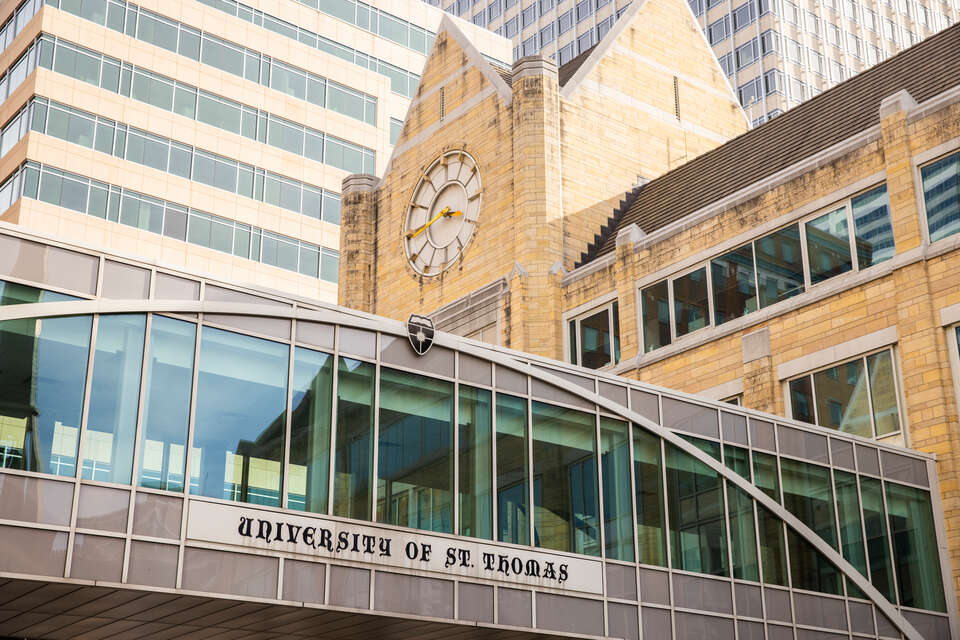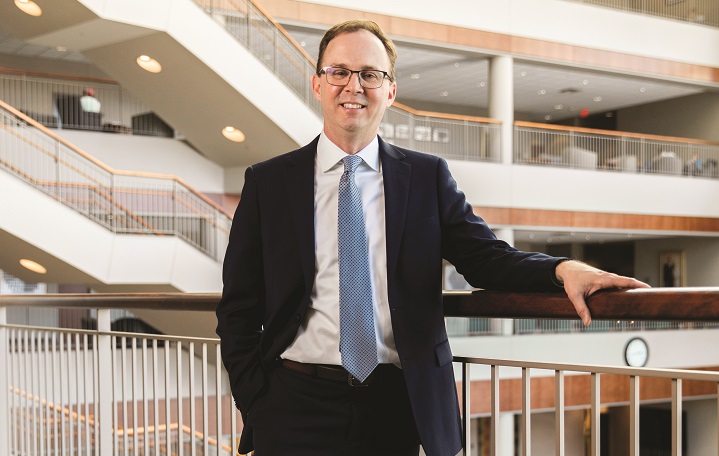The December 2016 University of St. Thomas/Minnesota Commercial Real Estate Survey, taken entirely after the Nov. 8 election, shows few changes in commercial real estate leaders’ outlook. The biannual survey projects a two-year-ahead outlook for Minnesota’s commercial real estate industry and forecasts potential opportunities and challenges affecting all commercial real estate sectors.
In all 12 surveys, the same group of 50 industry leaders have been polled on their expectations for future commercial real estate activity in six categories: rents, occupancy levels, land prices, cost of building materials, rate of return and equity requirements. Their responses are used to create index scores that can be compared over time. Scores higher than 50 represent a more optimistic view of the market over the next two years; scores less than 50 represent a more pessimistic view.
The panel is expecting to see a continuation of the favorable market conditions for commercial real estate that we have been experiencing for the last two to three years. The results of the Nov. 8 presidential election do not appear to have significantly changed their outlook for the next two years.
Observations from 2016 have recorded few major changes in expectations from before the election compared to after the election. “The natural cycle in commercial real estate appears to be running its course somewhat independent of the presidential contest,” said Herb Tousley, director of real estate programs at St. Thomas. “While the forecast for 2017 still looks good, the increase in online shopping, higher interest rates and the continued redefinition of the office environment will remain major factors in the performance of commercial real estate in 2017.”
Here is a look at the panel’s responses for each of the questions.
Rent expectations
An outlook that rents will continue to increase at current rates. The index for rental rates has increased from a highly optimistic 60 to a slightly more optimistic 61. This is an indication of an expectation of continued rent growth over the next two years and that the economy will continue to grow and that business conditions will continue improve.
Occupancy expectations
A moderately positive outlook on expected occupancy levels. The index for occupancy levels increased moderately from 52 to 54. This indicates the panelists continue in their belief that occupancy levels will increase slightly over the next two years. This is a continuation of a trend that began one and a half years ago that reflects their expectation that business will continue to expand and will need more space.
Land price expectations
Increases in land prices are expected to moderate. The panel’s outlook for land prices reveals an expectation that land prices will increase at a slower rate between now and fall 2018. The land price index has increased (become less pessimistic) for the fourth consecutive survey moving from 40 last spring to 46 this fall.
Building material price expectations
Increases in the price of building materials are expected to accelerate. The index for the price of building supplies took a sharp turn downward, moving from a strongly negative 32 to an even more negative 29. This reflects the panel’s strong belief that rate of increase in building material prices will accelerate over the next two years.
Return on investment expectations
Investors’ return expectations are expected to increase slightly over the next two years. The index for investors’ return expectations has decreased slightly, moving from 48 to 46. This slight decline indicates that investors will be looking for higher returns. The consensus among survey respondents indicates that investors will seek higher returns due to their expectation of increasing interest rates over the next two years.
Lending expectations
More equity is expected to be required. The index for the amount of equity required by lenders decreased significantly, falling from 42 in to 36. This indicates the panel’s strong belief that credit will be available for good projects but lenders will be more risk adverse by increasing their equity requirements in the coming two years.
More information
Additional details can be found on the Shenehon Center’s website.






